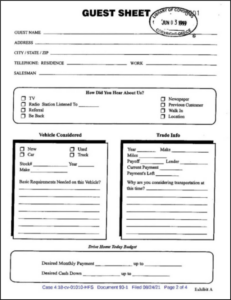On February 21, 2024, the US Patent & Trademark Office (PTO) issued a Notice of Proposed Rulemaking that would give parties the option to designate a non-registered practitioner as lead counsel in proceedings before the Patent Trial & Appeal Board. 89 Fed. Reg. 13017 (Feb. 21, 2024) (to be codified at 37 C.F.R. pt. 42).
37 CFR 42.10(a) currently requires each party to designate a lead counsel and at least one back-up counsel. The lead counsel must be a registered practitioner. Non-registered practitioners can serve as back-up counsel pro hac vice, but only upon a showing that they are an experienced litigating lawyer serving as back-up counsel and that they possess significant familiarity with the subject matter at issue. Permission for back-up status requires grant of a pro hac vice motion filed by counsel presenting specific statements of fact showing good cause for admission, as well as an affidavit or declaration by counsel attesting to good standing before the courts, familiarity with the PTO’s Patent Trial Practice Guide and the Board’s Rules of Practice for Trial set forth in part 42 of 37 C.F.R., and familiarity with the subject matter at issue.
The proposed changes to 37 C.F.R. 42.10 would:
- Permit non-registered practitioners to serve as lead counsel for a party in Board proceedings as long as at least one other counsel designated to appear on behalf of the party is a registered practitioner.
- Permit parties to proceed without back-up counsel upon a showing of good cause. A party may show good cause by demonstrating that it lacks the financial resources to retain both lead and back-up counsel.
- Create a new streamlined procedure for pro hac vice recognition of Board-recognized practitioners. This procedure applies to non-registered practitioners who have previously been admitted pro hac vice in a different Board proceeding and have not been subsequently denied pro hac vice recognition in a different Board proceeding.
- Clarify that those recognized pro hac vice have a duty to inform the Board if the information presented in a request for pro hac vice recognition is no longer accurate or complete.
The PTO seeks public comments on the proposed rulemaking by May 21, 2024, through the Federal eRulemaking Portal. Enter docket number PTO-P-2023-00587 on the homepage and select “search.”
For further details, click here.
read more

 Subscribe
Subscribe



